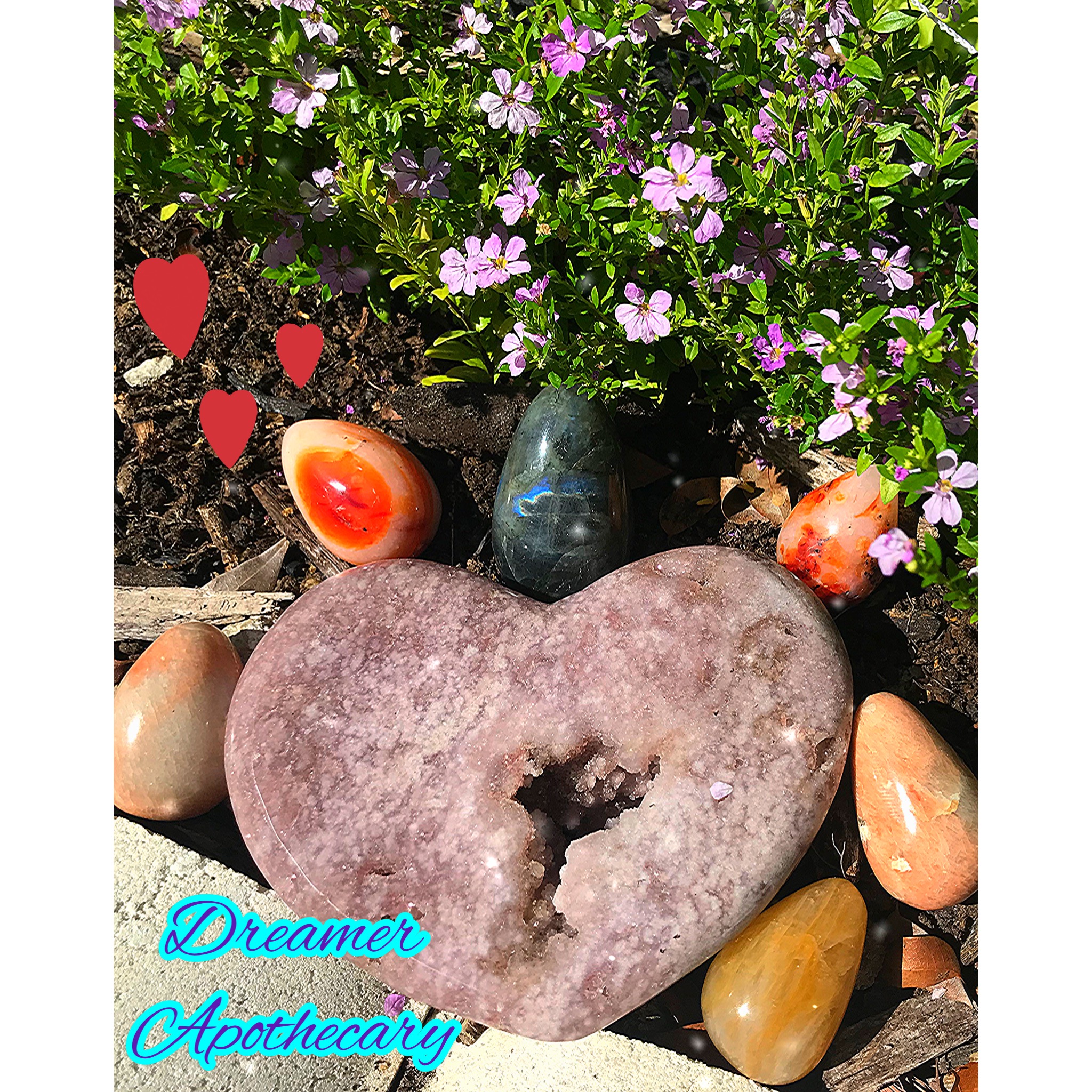The spring equinox, also known as the vernal equinox, is a time when the Northern hemisphere celebrates the end of winter and the coming of spring. Vernal translates to "new" and equinox translates to "equal night". On this day there are equal daylight hours and equal nighttime hours. It is a time that ancient civilizations from around the world have celebrated and many of their celebrations still continue to this day. This year the spring equinox will take place on Saturday, March 20, 2021. Let's delve into some of these ancient cultures to see how they celebrated and what the spring equinox represented to them!
Pre-Christian Europeans celebrated what we know today as Ostara. Pronounced in Old High German as Ôstara and in Old English as Ēostre, it translates to "East." Ostara is a Goddess of Spring and the Dawn (the sun rises in the East). The hare is the animal sacred to Ostara. As legend goes, Ostara found an injured bird. In order to save the bird she transformed it into a hare. However, it wasn't a complete transformation and the hare retained its ability to lay eggs. It is also very interesting to take a look at the European hare. They are normally nocturnal but completely change their habits during the spring when mating season is at its peak. They can be seen running around all day during a phenomenon known as "March Madness." The egg is a symbol of both Ostara and new life. To honor Ostara and the coming of spring people would hang colored eggs from trees. A feast was held for Ostara on the first full moon after the vernal equinox.
Holi is an ancient Hindu festival known as the "Festival of Spring" or the "Festival of Colors." The festival is held for one day and one night on the first full moon of Phalguna, a month in the Hindu calendar. This day falls in either late February or early March. The festival celebrates the conquering of good over evil and new beginnings. A bonfire is lit on the eve of Holi and on the day of Holi colored powders and waters are thrown and sprayed onto everyone. People dance and feast on sweet treats.
In ancient Mesopotamia, the Sumerians celebrated Akitu. It was the festival of sowing barley. This festival took place on the first new moon of the year of the Babylonian calendar, which was in March or April. This New Year festival lasted 12 days. It celebrated the rebirth of the sun god Marduk. Marduk was believed to have created the world out of chaos. To prevent the God of Chaos from regaining control, ceremony re-enacted the original victory of Marduk over the forces of destruction. Inanna was a Goddess of love and war. Rituals honoring her fertility were performed on the tenth day of Akitu.
Native American celebrations of the vernal equinox differed from tribe to tribe. Some tribes in Southwestern United States honored Kokopelli, a deity of fertility, child birth, and agriculture. He is depicted playing a flute and it is believed he brings good fortune and prosperity to those who listen to his songs. The Cherokee tribe celebrated the First New Moon of Spring Festival, that is held on the first new moon of March. The festival lasted seven days and initiated the planting season. It included dancing, re-lighting the sacred fire, and sacrificing a deer tongue to the fire. The Lakota tribe celebrated a Sun Dance ceremony. To them it was a time of renewal for the tribe and the earth.
The Mayans celebrated the return of Kukulkan. Kukulkan is a feathered serpent deity that is associated with the sky, agriculture, rulership, language, and earthquakes. Each year at the spring equinox, the Mayans gathered at the temple El Castillo in Chichen Itza. They watched as the light hit the great pyramid at the perfect angle, creating a light and shadow effect that looks like a serpent slowly making its way down the pyramid. This signified Kukulkan descending through the various levels of the sky. He will spread his seed over the land, fertilizing the fields.
Every culture has different celebrations for the spring equinox but the theme is always the same. It is a time of celebrating renewal, new beginnings, fertility, growth, and the return of the sun. Planting seeds and honoring the Light are a common practice between cultures. How ever you decide to celebrate the spring equinox, we wish you many blessings, love, and light!
Stephanie Nastasia
magic@dreamerapothecary.com


